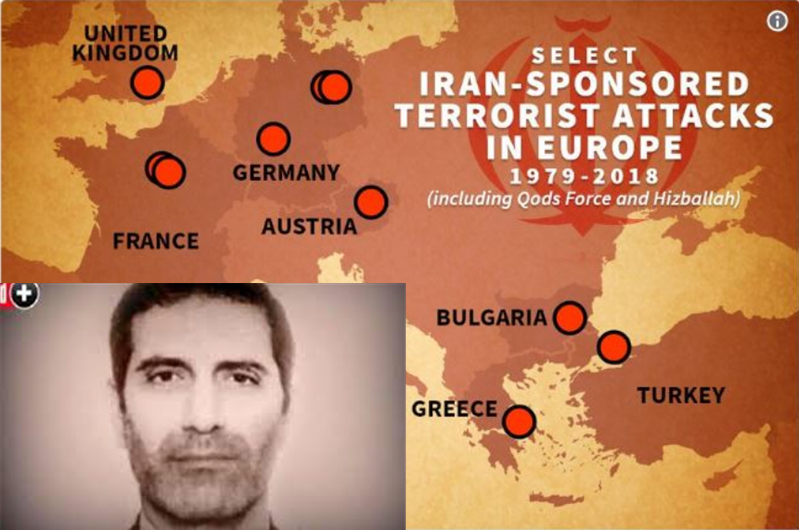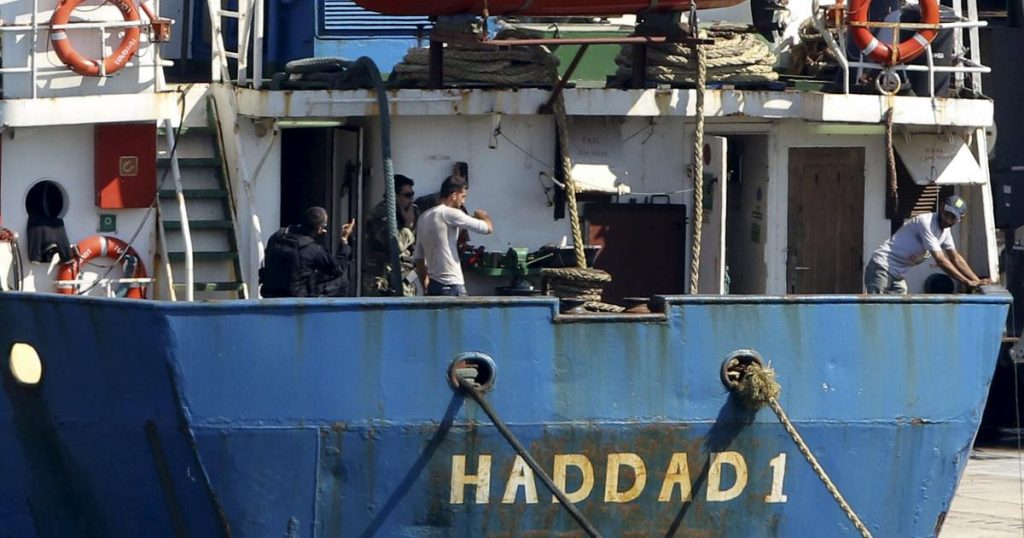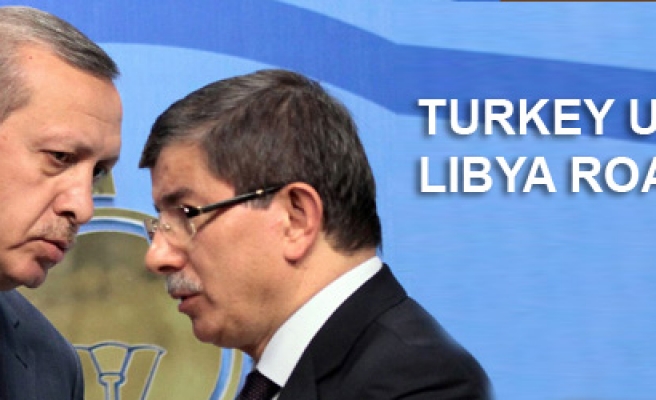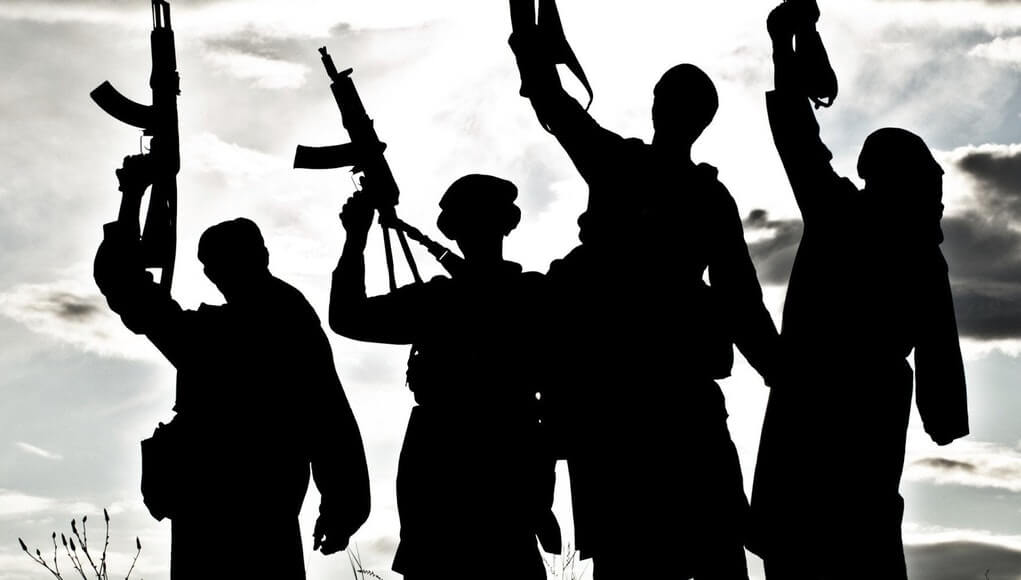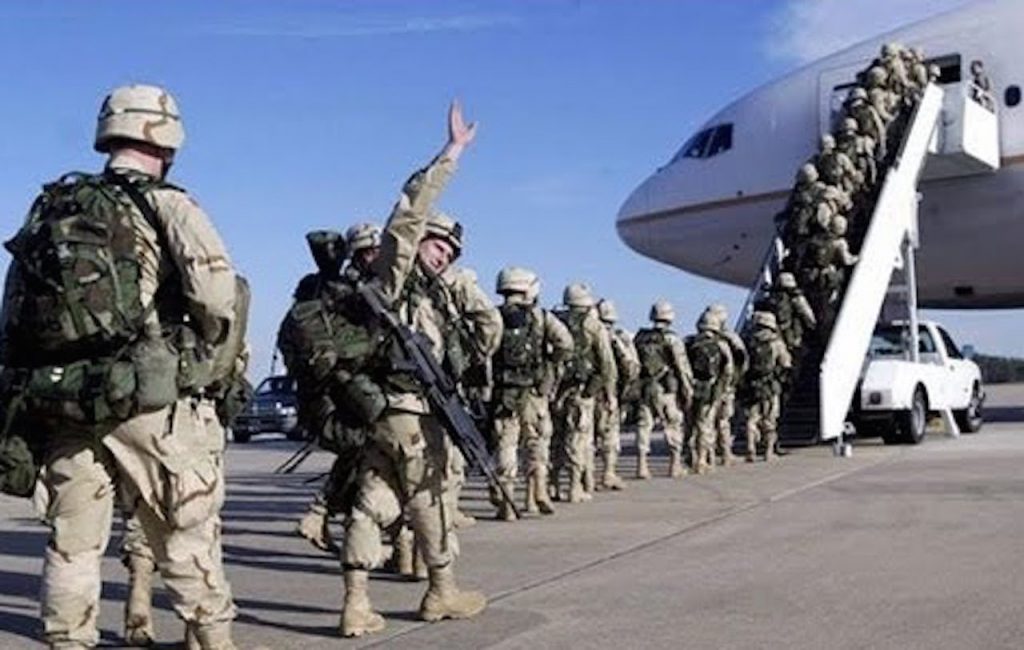
The announcement by US President Donald Trump on December 19 of his intention to rapidly withdraw US forces from eastern Syria led to expectations of a rapid move by Turkish forces into all or part of the area currently controlled by the US-aligned, Kurdish-dominated Syrian Democratic Forces, like reported by jpost.com.
The precipitating factor that led to Trump’s announcement, after all, was a phone call between the president and his Turkish counterpart, Recep Tayyip Erdogan. For Turkey, control by what Ankara regards as the Syrian franchise of the PKK of a large swath of the 900-km. Syrian-Turkish border has long been seen as entirely unacceptable.
The Kurdish dominated SDF has capable and proven fighters. But without US help, and facing Turkish air power and artillery, they would be able to resist only for a while. This had already been proven in Turkey’s Operation Olive Branch in January 2018, when Ankara invaded and destroyed the Kurdish canton of Afrin in northwest Syria.
For Israel, the prospect of a Turkish invasion was and remains a matter of concern. Pro-Iranian Iraqi Shia militias are deployed close to the border adjoining the Kurdish-controlled area. In the event of a Turkish incursion from the north, SDF fighters would likely leave the southern part of their area of control to try to stop the Turkish forces further north. This could leave the way open for a push by the Shia militias into the oil rich Deir al-Zor province. Alternatively, Syrian regime forces along with Iran-associated militias could push into the same area from west of the Euphrates River. In either case, the result would be a dramatic widening of the Iranian “land corridor,” the area of freedom of activity for Iran and its allies. Israel was hence strongly opposed to the abandonment by the US of its Kurdish allies and their area of control.
Similarly, the US and allied base at Tanf is located in the area adjoining the Baghdad-Damascus highway. Its abandonment would thus leave the way open from the Albu Kamal border crossing between Iraq and Syria to Quneitra province, adjoining the Golan Heights.
FOR A number of reasons, however, the prospect of an early large-scale entry of Turkish forces into northeast Syria now seems less likely than it did a couple of weeks ago.
Firstly and most importantly, the US withdrawal, which alone would make possible a major Turkish incursion, currently looks less immediately imminent. On this matter, a certain confusion appears to reign, with different US officials saying different things.
The tendency to chaos of the current US administration is a double-edged sword. On the one hand, it can produce sudden apparent bonanzas, of the kind that the president’s announcement of imminent US departure must have seemed to Turkey.
On the other hand, the chaotic approach to policy-making means that presidential statements of this kind can’t necessarily be safely “banked,” in a way that would be assumed to be possible with other administrations.
National Security Adviser John Bolton found himself cold-shouldered by Erdogan in Turkey this week, after he appeared, in a statement made in Israel, to be conditioning the withdrawal on Turkish agreement not to target Kurdish forces who had fought with the Americans.
Trump nevertheless tweeted on Monday that “we will be leaving at a proper pace while at the same time continuing to fight ISIS and doing all else that is prudent and necessary!”
Thus, the US timetable and the precise nature of US intentions remain something of a mystery for friend and foe alike. But for Erdogan, as long as US special forces and air power remain in and over eastern Syria, a Turkish entry would be possible only in coordination with them. And if it proves that the US is indeed not prepared to accept the wholesale crushing of its Kurdish partners in the war against ISIS (as the Turkish leader clearly envisages), this places a question mark over the Turkish planned action.
A second area of concern for the Turkish leader is the Russian stance. Russia has emerged as the key power broker between all countries and elements seeking to act within the Syrian space (with the exception of the US). Moscow chose to allow the Turkish incursion into Afrin in January 2018, probably as part of an attempt to draw Turkey away from its traditional Western alignment.
But statements by Russian officials this week appear to indicate that Russia prefers lands currently administered by the Syrian Kurds to return to the control of the Assad regime. Foreign Ministry representative Maria Zakharova, for example, unambiguously expressed this stance. Moscow evidently wants to be able to present the Syrian war as effectively over as soon as possible. A new standoff between a large Turkish-controlled area of north and east Syria and the Assad regime would not facilitate this. Erdogan said on Wednesday that he will visit Moscow in the near future, presumably with the intention of clarifying this matter.
Sipan Hemo, the senior military figure in the Kurdish YPG, has been leading a delegation taking part in Russian-brokered talks with Assad regime representatives in recent days. Kurdish sources close to the SDF confirmed that if forced to choose, the Syrian Kurds will prefer to allow the Assad regime to resume control of their areas of control, rather than face an onslaught from the Turks.
But, of course, as long as the US position remains ambiguous, and American withdrawal does not look immediately imminent, the Kurds are unlikely to accept the conditions of the regime. As seen in an earlier round of contacts over the summer, the regime will settle for nothing less than the resumption of its full sovereignty east of the Euphrates. That is, the termination of the Kurdish de facto autonomy that has held sway over the last half decade. The Kurds are likely to agree to these terms of surrender if the Americans are about to leave and the Turks are about to enter. But this is not yet quite the situation.
Lastly, it is not clear how effectively Turkey, with its Sunni Arab rebel allies, would be able to police the territories it would conquer from the SDF in the event of a major military operation. Kurdish attacks on Turkish forces in Afrin are a common occurrence. The area that would be taken in the event of a major operation into northeast Syria would constitute a far larger and more complex space.
Thus, in spite of the Turkish saber rattling on the border, and Erdogan’s pledge in his New York Times op-ed this week that Turkey can “get the job done,” significant obstacles remain before a large-scale Turkish incursion into northeast Syria.
